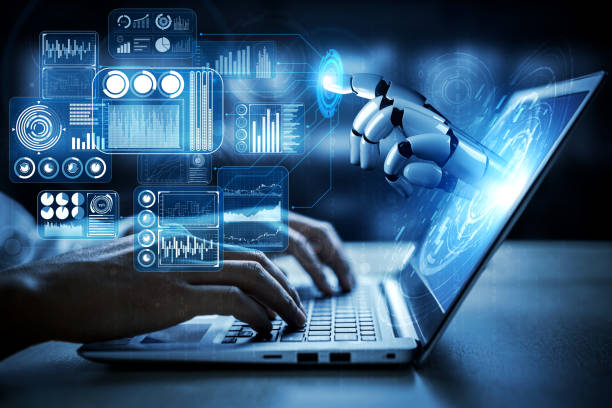By introducing automated trading tactics that use complex algorithms to reach choices quickly, algorithmic trading has completely transformed the financial sector. Machine learning has recently enhanced Quantum AI App capabilities, allowing traders to negotiate complicated market dynamics with a higher degree of accuracy and adaptability.
The Interaction between Machine Learning and Algorithmic Trading
Algorithmic trading, often known as “algo trading,” includes using pre-established systems of guidelines and directives to carry out deals automatically. These algorithms consider several factors, including price, volume, and timing, to execute trades quickly while considering no human emotions. Enabling trading systems to learn from historical data and modify their tactics in response to shifting market conditions, including machine learning technologies, adds another level of sophistication.
Utilizing Historical Data to Gain Predictive Understanding
Machine learning algorithms can analyze massive amounts of historical trading data to find patterns, trends, and correlations that human traders might find difficult to notice. This capacity enables trading tools to forecast future market moves more precisely. By training on past data, machine learning algorithms can discover the underlying causes that affect asset values, enabling traders to make better judgments.
Data processing and decision-making in real-time
Processing real-time data streams quickly and effectively is one of the impressive benefits of machine learning integration in algorithmic trading software. With this skill, trading algorithms can respond to market shifts in milliseconds, placing transactions at the best prices and taking advantage of transient chances. Trading platforms can respond quickly to shifting market conditions because machine learning algorithms continuously learn from new data.
Risk control and flexible strategies
Trading requires effective risk management, and machine learning is essential. Machine learning algorithms can assist traders in managing risk by anticipating probable losses and changing trading methods by studying historical data and current market conditions. These algorithms can also spot anomalous or unexpected market behavior, warning traders of potential problems before they become more serious.
Getting Past Market Complexity
Economic statistics, geopolitical events, societal mood, and other factors all play a role in the complexity of today’s financial markets. Machine learning excels at managing this complexity by considering several factors at once. Machine learning-integrated algorithmic trading systems may process and evaluate various data sources to thoroughly understand market dynamics and make better trading decisions. Visit here for more info. Quantum AI Official Website.
Problems and Prospects for the Future
Even if incorporating machine learning in algorithmic trading software offers considerable advantages, there are difficulties to overcome. Expertise and extensive testing are needed to develop and optimize machine learning models. Careful consideration must be given to overfitting, data quality problems, and model interpretability. Additionally, machine learning models must constantly be modified due to the constantly changing nature of financial markets.
The incorporation of machine learning into algorithmic trading has a bright future. Machine learning models will get ever more advanced as technology and data availability improve, allowing traders to hone their strategies and perform better. A new era of accuracy and profitability will probably emerge due to the convergence of human knowledge and machine learning proficiency in algorithmic trading.
In conclusion, adding machine learning to algorithmic trading software is a major development in the financial industry. These systems improve traders’ predictive insights and risk management skills by utilizing previous data, interpreting real-time information, and adjusting to complicated market dynamics. Despite difficulties, the prospects for the future are promising as machine learning continues to change the algorithmic trading scene.

